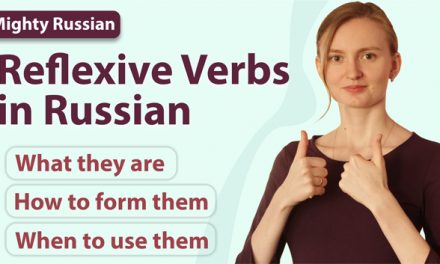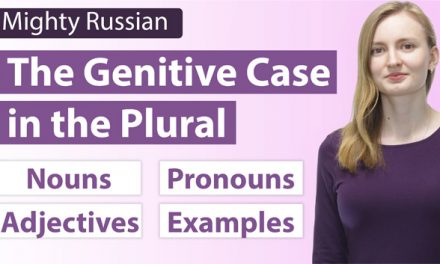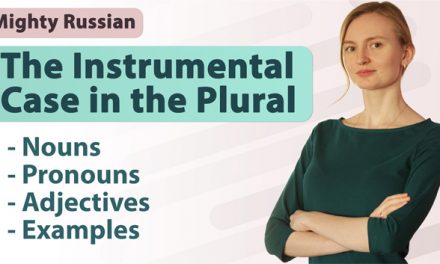It seems that you are looking at an outdated version of this lesson.
Click here to see the latest version of it, which includes examples with audio, integration with our dictionary and exercises.
The Difference between ГДЕ and КУДА
ГДЕ and КУДА are both translated as “where” into English but, in Russian, they are used in completely different situations.
By the end of this lesson, you will know exactly how to say “where” in Russian and you will never struggle to use “где” and “куда“ again.
To make things easier, I will divide this lesson into 3 parts:
1) ГДЕ vs. КУДА
2) When to use ГДЕ
3) When to use КУДА
ГДЕ vs. КУДА
So what’s the difference between “где” and “куда“?
Basically, “где” is used to ask about location and “куда” is used to ask about direction.
Let’s compare two sentences:
Где ты живёшь? (Where do you live?)
Куда ты идёшь? (Where are you going to?)
In the first example, we want to know the place or the location where someone lives, so we have to use “где“.
In the second example, the person is going to some place and we want to know where they are going to.
We are not asking about their current location. What we want to know is what direction they are going in, so we have to use “куда“.
Now, let’s take a closer look at each of these words.
When to use ГДЕ
As I mentioned before, ГДЕ is used to ask about location.
Note that when we are talking about location, there is no motion involved.
For example:
Где ты работаешь? (Where do you work?)
Где находится банк? (Where is the bank located?)
Где они учатся? (Where do they study?)
Где книга? (Where is the book?)
When to use КУДА
When we use КУДА, there is normally movement from one place to another because we are asking about direction.
For example:
Куда ты идёшь? (Where are you going to?)
Куда он бежит? (Where is he running?)
Куда летит самолёт? (Where is the plane flying?)
In questions with КУДА, you can often find a verb denoting some kind of motion.
In the examples above, the verbs “идёшь“, “бежит” and “летит” are verbs of motion and it is quite easy to see the component of motion in their meaning.
There are some verbs, however, that are not that obvious. At first glance, it may seem they have nothing to do with motion.
Let’s take a look at some examples:
Куда ты несёшь документы? (Where are you taking (carrying) the documents?)
Куда он поставил кружку? (Where did he put the mug?)
Куда упал ключ? (Where did the key fall?)
In order to see how the above verbs are connected with movement, let’s break down their meaning.
When you carry documents, you move them from one place to another.
When you put a mug on the table, you move it towards the table.
When a key falls, it moves from a higher level to a lower level.
As you can see, when you analyze the meaning of each verb, things get much easier to understand.
And that’s it for today’s lesson. I hope everything got clear but if you have any questions, leave them in the comments section below.











